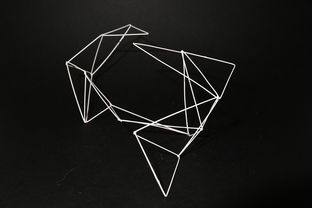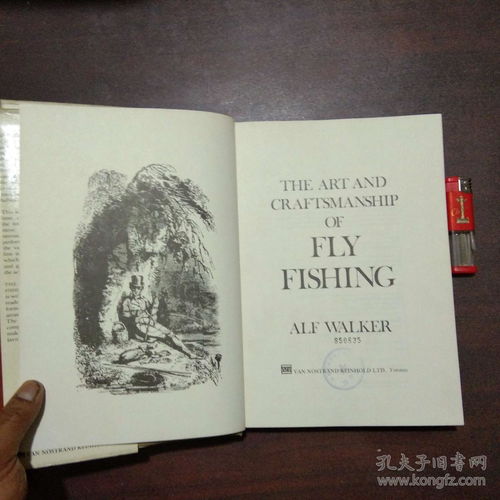Introduction:
Carp fishing, with its rich history and the thrill of the catch, is a beloved pastime for anglers around the world. Among the various techniques and strategies, one of the most intriguing is the art of luring carp into your "nest" or fishing spot. This article delves into the intricacies of carp fishing, offering a comprehensive guide on how to effectively attract carp to your chosen location and master the skill of "鲤鱼入窝" or "Carp Nesting."
Understanding Carp Behavior:

Before we delve into the techniques, it's crucial to understand the behavior of carp. Carp are bottom feeders that are attracted to areas with plenty of food and cover. They are known for their keen senses, especially their sense of smell, which makes them excellent targets for anglers who know how to mimic their natural feeding habits.
Choosing the Right Location:
The first step in carp nesting is selecting the right location. Look for areas with abundant vegetation, submerged logs, or any other form of natural cover. These spots provide both food and protection, making them ideal carp habitats.
Setting Up Your Fishing Spot:
- Preparation: Begin by thoroughly cleaning your chosen spot. Remove any debris or unnatural objects that might spook the fish.
- Marking the Spot: Use a carp-specific marker or simply tie a piece of string to a stick to mark the spot. This will help you return to the same location for subsequent fishing trips.
- Feeding the Nest: To attract carp, you need to create a feeding frenzy. This can be done by using a method called "feeders." These are small bags filled with a mixture of groundbait and boilies (carp baits) that you cast into the water. The goal is to disperse the bait in a way that it sinks to the bottom and creates a trail of food particles, signaling to carp that there is a feeding opportunity nearby.
Selecting the Right Gear:
- Rod and Reel: Use a strong, medium-heavy rod with a sensitive tip for detecting subtle bites. A quality carp reel with a smooth drag is essential to handle the strong pull of a large carp.
- Line: A 10-15lb (4.5-6.8kg) monofilament line is usually sufficient for most carp fishing situations. Make sure the line is abrasion-resistant and has a high tensile strength.
- Hook: A large, strong hook, such as a size 8-10, is ideal for carp. The hook should be sharp and well-suited for the type of bait you are using.
Baiting Techniques:
- Boilies: These are the most popular bait for carp fishing. Choose a high-protein, high-oil content boilie that is known to attract carp. It's essential to select the right flavor and color that suits the carp in your chosen water.
- Groundbait: Use a mix of groundbait that will sink slowly, releasing particles over time to keep the carp interested. The groundbait should be rich in protein and oil to mimic natural food sources.
- Flavoring: Adding a bit of garlic or other natural attractants to your bait can enhance its appeal to carp.
Luring Carp into the Nest:
- Patience: Carp are cautious fish, and they will often approach a new feeding area slowly. Be patient and give them time to investigate the area.
- Trolling: If you are fishing from a boat, you can use a slow-trolling technique to bring your bait closer to the nest. This method involves casting out and retrieving your bait at a controlled pace.
- Drop Shotting: This technique involves attaching your hook to a leader with a swivel and then casting it out. The bait is then allowed to sink to the desired depth, where it mimics natural food sources on the bottom.
- Dead Baiting: This involves using a live or dead bait fish to attract carp. The bait is anchored to the bottom, and the carp are lured in by the scent and movement of the bait.
Handling the Bite:
When you feel a bite, be prepared to set the hook quickly and smoothly. Carp are strong and can pull a lot of line, so it's important to keep tension on the line without being too aggressive. Once you've landed the fish, be gentle and careful during the unhooking process to avoid damaging the fish.
Conclusion:
Carp fishing, especially the technique of "鲤鱼入窝" or "Carp Nesting," requires patience, knowledge, and a deep understanding of carp behavior. By following the steps outlined in this guide, you'll be well on your way to mastering the art of attracting carp to your chosen fishing spot. Remember, the key to success lies in understanding the fish and presenting your bait in a way that mimics their natural feeding habits. Happy fishing!












